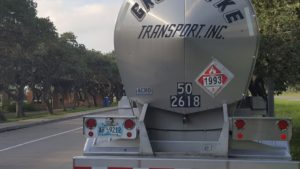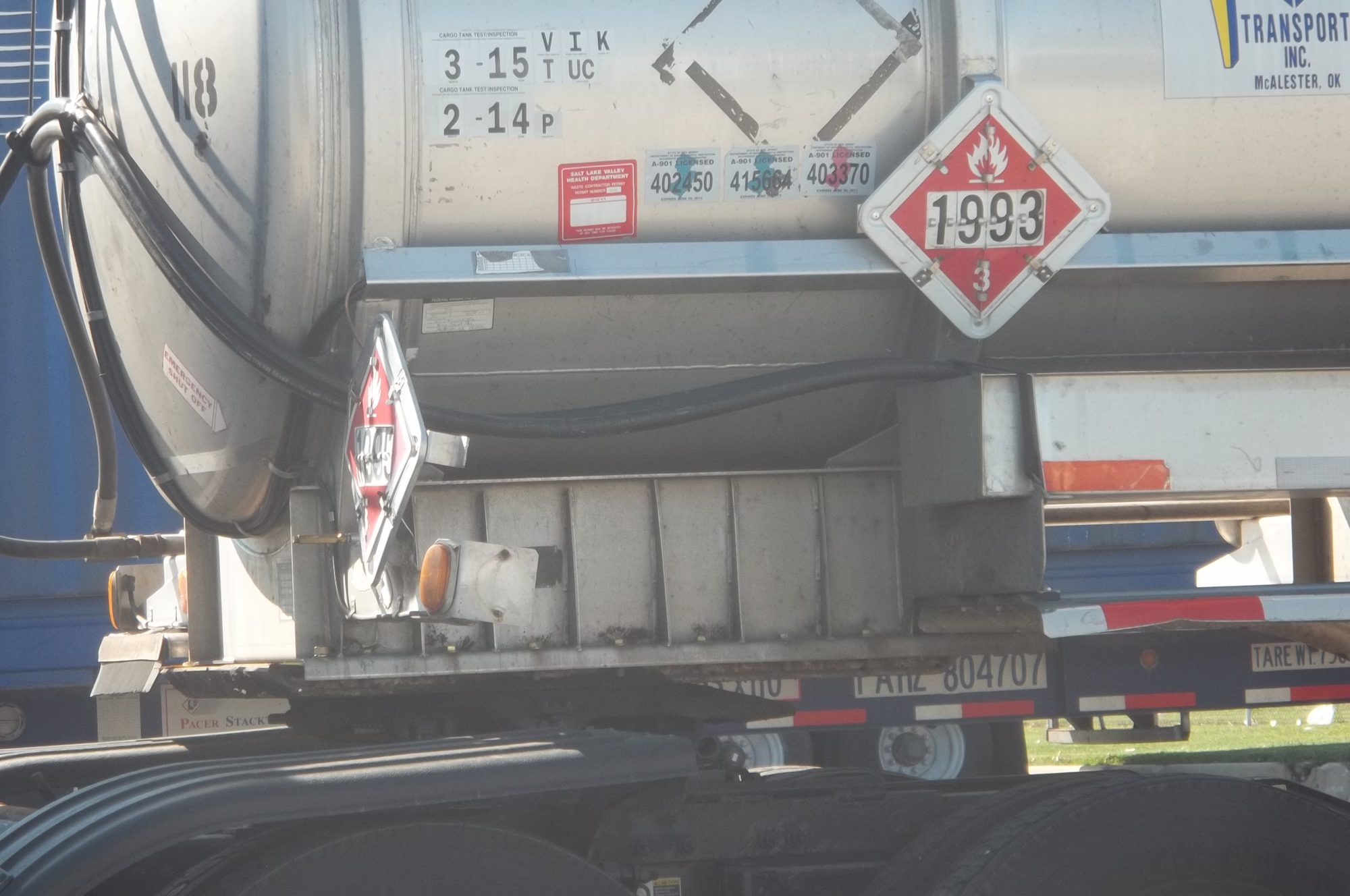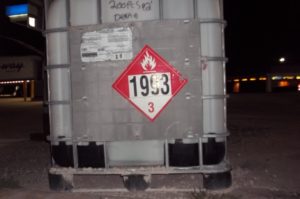This e-mail was sent from a contact form on Daniels Training Services (https://danielstraining.com) on December 05, 2019
Hello,
I am trying to name a chemical for transport. It has a flashpoint of 81 C. It is not a US DOT marine pollutant, but it is an IMDG marine pollutant. We ship in both bulk and non-bulk packaging, both domestically and internationally. I believe the US DOT name would be NA1993, combustible liquids, n.o.s. (name), 3, III -is that correct?
I am having a hard time with the IATA and IMDG name. Would those still be the NA1993? I know that NA1993 isn’t recognized internationally, so I am little confused as how this should be named. Any help you can provide with the naming would be greatly appreciated!!
Like this article? Subscribe to my Monthly Newsletter No marketing emails! |
My reply December 10th:
Thank you for contacting me. I apologize for my delay. I will review and reply. Please advise on the below.
- What is the chemical? Do you have an SDS?
- What makes it an IMDG marine pollutant?
- What is the expected capacity of the packaging: <5 L / 5 kg? <119 gallons? >119 gallons?
- Does transport begin or end in the U.S.?
Thank you and please advise.
Answer:
Hello Daniel,
Thanks for taking the time to help me with this!!
- The product is a blend of basic epoxy resin (casRn 25085-99-8) and Oxirane, 2-(butoxymethyl)- (casRn 2426-08-6); flash point 81 °C
- No, we do not have a SDS. We are trying to make one and the SDS author asked me to assist in the naming.
- It is IMDG marine pollutant because it meets the UN model regulation criteria for classification as a Chronic Aquatic Toxicity Cat 2.
- When we make a SDS, we include the names for each package type and mode of transport. We ship 1L to 20L/5 gallon samples, 55 gallon drums, and 275 gallon totes
- 1L to 5 gallon samples ship by ground or air both domestically and internationally
- 55 gallon drums and 275 gallon totes ship by ground domestically and by vessel internationally
- Transport begins in the US
Thanks,
Interested in site specific training at your site that covers this topic, and more! Ask me about my Onsite Training |
It was after Christmas, (12.27.19) but I got him an answer:
I will try to answer you questions. Please see below.
- Based on the flash point it is a Class 3 Combustible Liquid per USDOT regulations.
- A material with a flash point higher than 60 degrees C is not subject to international regulations (IATA or IMO).
- Based on your information it is not a marine pollutant per USDOT regulation but is a marine pollutant per international regulations.
- A combustible liquid is not subject to USDOT regulation if transported by highway or rail within the U.S. and in a non-bulk packaging (and other conditions).
- A non-bulk packaging of this material is not subject to USDOT regulations within the U.S. In a bulk packaging it is a Class 3 Combustible Liquid. NA1993, combustible liquids, n.o.s. (name), 3, III may be the proper shipping description if a more specific name is not available. There may be other shipping names that are more descriptive of the HazMat.
- The material is subject to international regulation as a marine pollutant unless subject to the marine pollutant exception (packaging of less than 5 L or 5 Kg).
- USDOT regulations allow a non-HazMat to be classified as a marine pollutant within the U.S. if subject to international regulation as a marine pollutant.
Also:
- Section 14 of the SDS is not required to be completed within the U.S.
- Classify as marine pollutant for all transport.
- Classify as Class 3 Combustible Liquid only when in bulk packaging within the U.S. All other transport is non-HazMat.
Contact me the next time your USDOT, IATA (air), or IMO (vessel) training is due to expire. |
Read:
- Flammable and Combustible Liquid Hazardous Materials
- Bulk Packaging Explained
- What is a Marine Pollutant?
- The Marine Pollutant Exception
- Section 14 of the Safety Data Sheet – Can it help your HazMat classification?
I hope this helps. Please don’t hesitate to contact me with any other questions.
His reply December 30th:
Thanks Daniel! This was very useful!!



